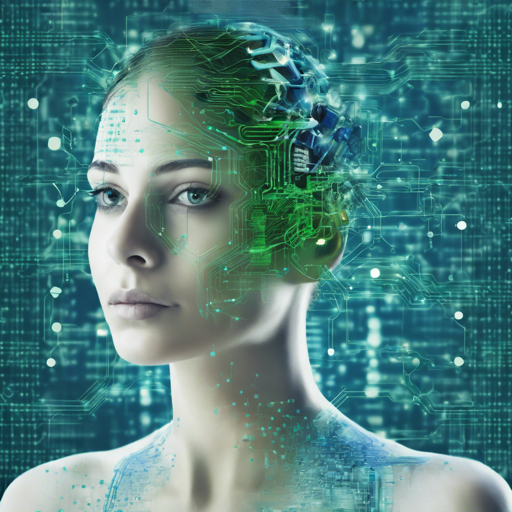In today’s digital age, leveraging deep learning for tasks like gender detection can yield significant insights. In this article, we will walk you through how to build a gender detection model using Keras and CVLib. So, whether you’re a newbie or a seasoned programmer, this guide will be user-friendly and easy to follow!
Getting Started
Before we delve into the nitty-gritty of code and algorithms, it’s essential to understand the basic framework we will be working with. Our model is based on the SmallerVGGNet architecture, which we will be training on approximately 2200 face images. These images will be gathered using Google Images and be organized into two classes based on gender.
Setting Up Your Environment
To ensure a smooth process, let’s first install the necessary Python packages:
- numpy
- opencv-python
- tensorflow
- keras
- requests
- progressbar
- cvlib
Use the following command to install these packages:
$ pip install -r requirements.txtNote: Make sure you’re using Python 3.x! If your pip is linked to Python 2.7, utilize pip3 instead.
Usage Guidelines
Here’s how to run the gender detection:
Image Input
$ python detect_gender.py -i input_imageWebcam Usage
$ python detect_gender_webcam.pyThe first time you run either of these scripts, a pre-trained model will be automatically downloaded from this link and saved in the pre-trained directory.
Training Your Model
If you’re interested in training your own model, you can gather your dataset from this link. After downloading, follow these steps:
$ python train.py -d path-to-datasetFor example:
$ python train.py -d ~/Downloads/gender_dataset_faceAfter training, your model file will be saved as gender_detection.model in your current directory. For optimal performance, consider using a computer with an Nvidia GPU!
Understanding the Code: An Analogy
Imagine you’re training a new chef. You start with a recipe (our dataset) and gradually teach the chef (our model) how to make the dish (detect gender). Just like the chef practices the recipe repeatedly, our model goes through various images to learn how to differentiate between genders. The more it practices (trained on more images), the better it gets! Just like in fine cooking, the right ingredients (hyperparameters) can significantly enhance the dish’s (model’s) flavor (accuracy).
Troubleshooting
If you encounter any issues along the way, here are some possible troubleshooting tips:
- Ensure all packages are installed correctly.
- Verify that you’re using Python 3.x (you can check this using
pip -V). - If your commands are invoking Python 2.7, switch to
python3. - Check to see if the dataset is properly downloaded and accessible.
- For any further assistance or if you wish to report issues, feel free to create a new issue or reach out on Twitter @ponnusamy_arun.
For more insights, updates, or to collaborate on AI development projects, stay connected with **fxis.ai**.
Final Thoughts
By working through this project, you’ve taken a meaningful step toward harnessing the power of deep learning for gender detection. At **fxis.ai**, we believe that such advancements are crucial for the future of AI, as they enable more comprehensive and effective solutions. Our team is continually exploring new methodologies to push the envelope in artificial intelligence, ensuring that our clients benefit from the latest technological innovations.

